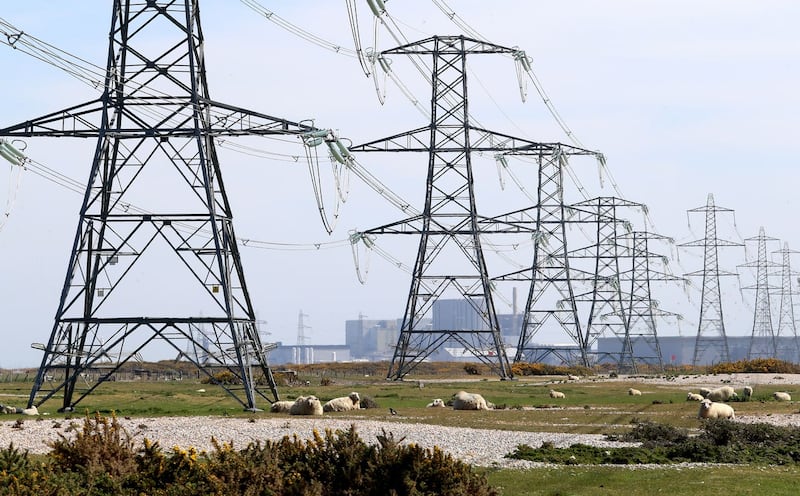Scientists have found a new way to better predict when harmful solar storms will hit Earth – with help from members of the public.
Researchers from the University of Reading have enlisted the help of citizen scientists to analyse coronal mass ejections (CMEs), powerful expulsions of plasma and magnetic field from the Sun’s surface.
CMEs pose a threat to electrical equipment, such as satellites in space and energy grids on the ground, the fastest of which can reach Earth in just 15-18 hours.
Predicting when these storms occur could help governments and companies protect satellites and other communications infrastructure.
Dr Luke Barnard, space weather researcher at the University of Reading’s department of meteorology, who led the study published in the journal AGU Advances, said: “CMEs are sausage-shaped blobs made up of billions of tonnes of magnetised plasma that erupt from the Sun’s atmosphere at a million miles an hour.
“They are capable of damaging satellites, overloading power grids and exposing astronauts to harmful radiation.
“Predicting when they are on a collision course with Earth is therefore extremely important, but is made difficult by the fact the speed and direction of CMEs vary wildly and are affected by solar wind, and they constantly change shape as they travel through space.”

The researchers used computer models to predict when solar storms will arrive at Earth, using the analysis provided by members of the public involved in the Solar Stormwatch citizen science project.
They said their models are able to run up to 200 simulations, compared to around 20 currently used by more complex models.
The researchers found the forecasts to be 20% more accurate, providing improved estimates of the solar wind speed and its impact on the movement of CMEs.
Dr Barnard said: “Solar storm forecasts are currently based on observations of CMEs as soon as they leave the Sun’s surface, meaning they come with a large degree of uncertainty.
“The volunteer data offered a second stage of observations at a point when the CME was more established, which gave a better idea of its shape and trajectory.
“The value of additional CME observations demonstrates how useful it would be to include cameras on board spacecraft in future space weather monitoring missions.
“More accurate predictions could help prevent catastrophic damage to our infrastructure and could even save lives.”
Commenting on the research, Caroline Harper, who is the head of space science at the UK Space Agency, said: “The only thing more unpredictable than British weather is space weather.
“Fortunately for life on Earth, most solar flares are not emitted in the direction of our home planet and they typically take between one and three days to reach us.
“We already have a UK-built spacecraft called Solar Orbiter on its way to the Sun to improve space weather science, and together with the help of this volunteer army of citizen scientists, we will improve our prediction of solar storms, which means we can better protect satellites and important infrastructure vital to our everyday lives.”








